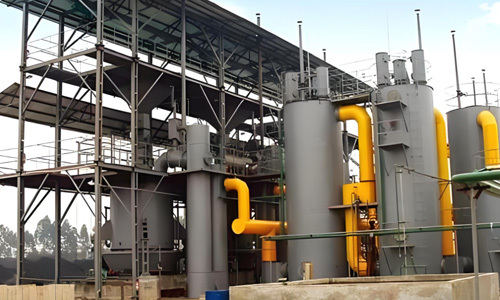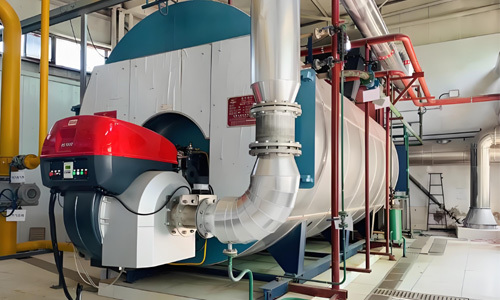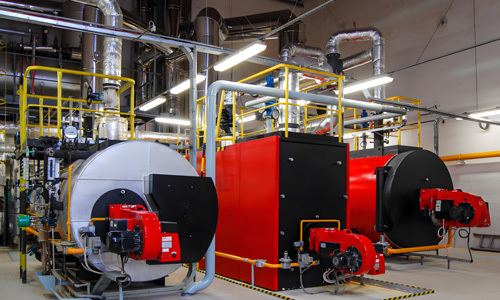The two main approaches for the transformation of coal-fired industrial boilers.
2024-05-22

In 2017, industrial boilers became a key focus for governance, with significant potential for transformation and clean energy. As of the end of 2012, there were 467,000 coal-fired industrial boilers in operation in China, with a total capacity of 1.78 million steam tons. Smoke, sulfur dioxide, and nitrogen oxides accounted for approximately 33%, 27%, and 9% of the national emissions, respectively, indicating an urgent need for governance of coal-fired industrial boilers. China has a large number of industrial boilers, but the capacity of each boiler is low, with low thermal efficiency and combustion efficiency, poor operational equipment levels, and incomplete environmental protection facilities. Additionally, the limited level of pollutant control technology has led to excessive emissions of various pollutants and difficulties in supervision. Based on China's resource situation of rich coal, poor oil, and limited gas, governance of industrial boilers cannot simply ban coal. For a considerable period in the future, coal will still be the main component of China's energy. Therefore, how to use coal resources cleanly is key to solving smog, improving the atmospheric environment, and adjusting the energy structure.
Among coal-fired industrial boilers, the high-temperature chain grate boiler accounts for a significant proportion, and the transformation of high-temperature chain grate boilers has important environmental benefits for air pollution control. Focusing on the two core issues of reducing incomplete combustion losses and flue gas heat losses, there are two specific approaches to the transformation of high-temperature chain grate boilers:
The first is to carry out technical transformation, phasing out some old coal-fired boilers that are inefficient and cause serious environmental pollution. Strengthening the ignition, combustion, burnout, and heat transfer technology of coal in the design of combustion equipment and combustion chamber structure, including innovations in grate plates and air distribution structures, arch and secondary air to enhance ignition, combustion, and burnout technology, and reducing the re-ignition and burnout technology of ash and fly ash carbon content. The main task is to reduce mechanical incomplete combustion losses, such as lowering the carbon content of ash, which requires optimization in four aspects: arch design matching, secondary air adjustment, grate plate design, and air distribution uniformity.
Another approach is to adopt clean combustion technology, using clean coal to replace raw coal to improve coal quality. This includes developing in different directions such as gas boilers, vacuum hot water boilers, biomass boilers, etc.; additionally, the use of pulverized coal boilers has also become a priority choice in areas suitable for coal reserves.
For a considerable period in the future, coal-fired industrial boilers will still dominate China's industrial production equipment. With increasingly strict environmental protection requirements and adjustments in energy supply structure, the adoption of clean combustion technology and clean fuels will become the mainstream for the transformation of coal-fired industrial boilers, and new energy-saving and environmentally friendly industrial boilers will become mainstream products to meet market demand.
Key words:
Boiler manufacturing
Related News
2024-05-22
China Boiler Network aligns with the supply market and innovates the main body model.
2024-05-22
The two main approaches for the transformation of coal-fired industrial boilers.
2024-05-22











